Name That Plant, Win That Plant XIV
Be the first to identify this plant and win that plant or a peace lily! The correct answer will be announced Wednesday, October 6.
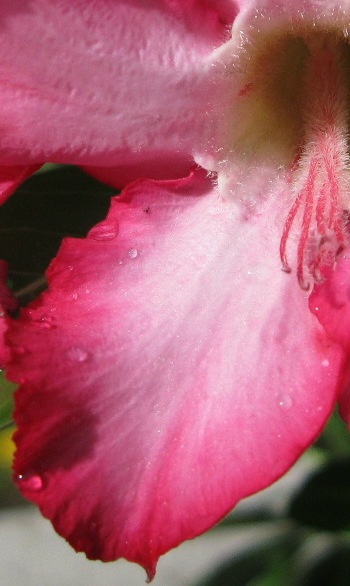
Contest Rules: Leave a comment on Facebook or the Garden Blog with your answer. The person with the first correct answer may choose to receive the mystery plant (if available) or a peace lily. The winner will be announced on the Estates Garden Blog and on Facebook. Plants must be picked up from the Edison and Ford Winter Estates within 7 days of contest end (and, no, we can’t ship them!). If you have won previously, please wait 60 days before guessing again.
Name That Plant, Win That Plant XII Answer: Tamarind
Tamarind, Tamarindus indica

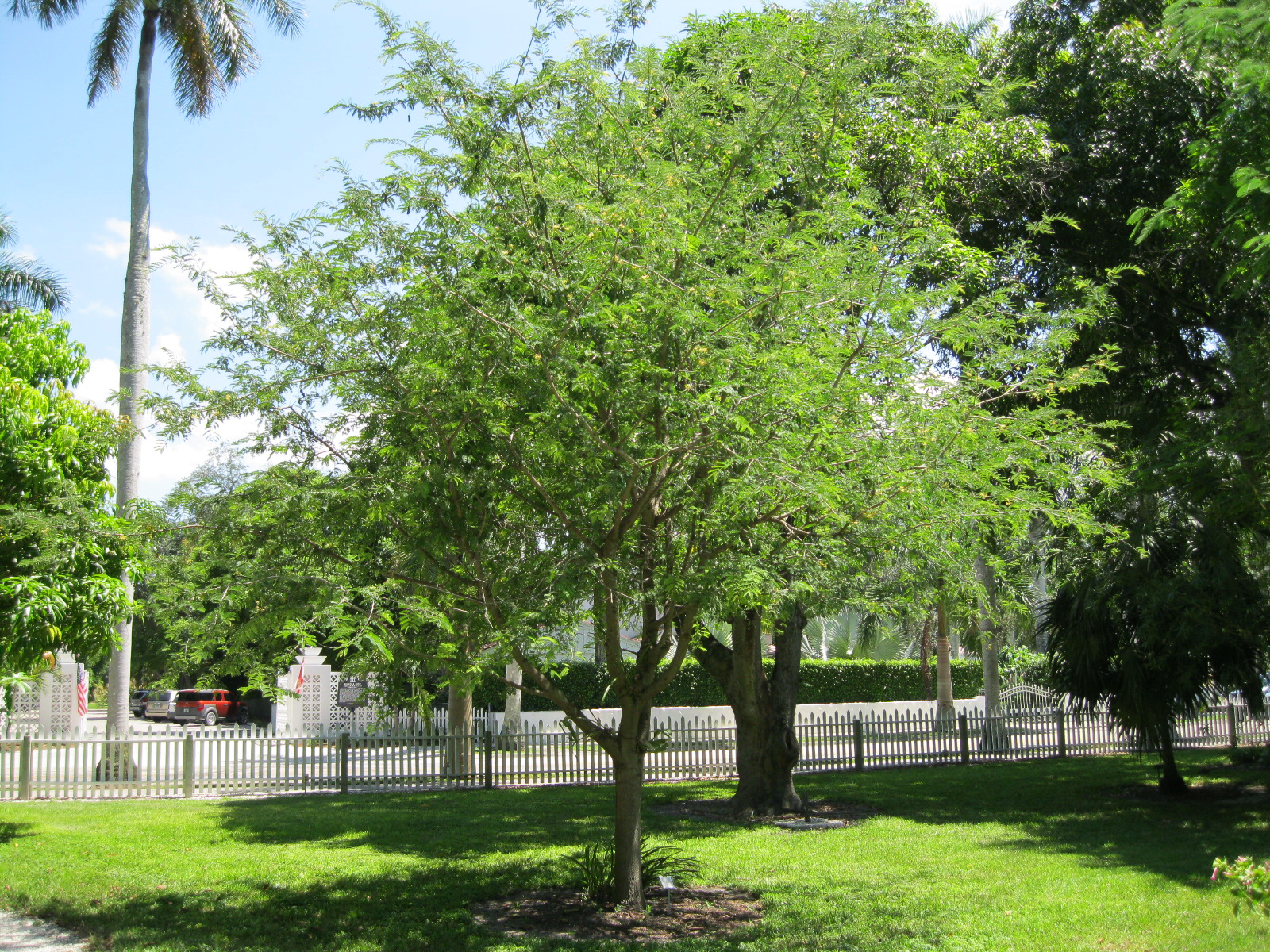
Did you know you can grow one of the ingredients in Worcestershire sauce right in your backyard? The fruits of the tamarind tree are used throughout the world in chutneys, drinks, candy and sauces. In the US, tamarind is sometimes used in barbeque sauces and can be found in sweetened drinks available at ethnic restaurants and stores.
Although native to tropical Africa, this tree is now grown worldwide. In Florida, it is rated for zones 10-11, may grow up to 90 feet, and will be evergreen except during long droughts. Our horticulturist, Debbie, loves the weeping form of this tree and says the tamarind makes an excellent shade tree. Flowers are produced in the summer and the fruits that follow may hang on the tree for several months. Our tamarind tree is next to the friendship walk on the Edison property. It is flowering now and produced more than 50 fruits last year, even though it was planted just six years ago.
Our friends at the University of Florida extension service compiled a few recipes for tamarind, including “Tamarind Chicken with Mangoes”. Lucky for you, our Garden Shoppe sells tamarind and mango trees. Sorry, no chickens.
Britta Soderqvist, Plant Curator
Have you seen the flower of a ficus tree?
You probably haven’t, but you’ve eaten one if you’ve eaten a fig!
The fruits of most ficus trees (like the Estates banyan) are called figs. The fig is made up of stem tissue and the flowers of the tree are inside the fig. All figs are pollinated by a female wasp that enters the fig through a tiny hole at the end of the fig. Once inside, she lays her eggs and dies but the pollen she collected (from the fig she hatched in) is deposited on the flowers inside the fig. Other wasps may also lay eggs inside the fig. When the larvae hatch, the males mate with the females and then dig a tunnel through the fig for the females to exit. The females have collected pollen during their time inside the fig and seek out another fig tree to deposit their eggs. The pollinated figs will ripen and produce seeds, which are eaten by other animals and dispersed; thus, the cycle continues
Many figs can only be pollinated by one species of wasp. For example, the strangler fig (Ficus aurea), a Florida native, can only be pollinated by Pegoscapus mexicanus. Fig wasps are very small, about the size of a fruit fly, and most people will never see one. They do not sting. By the time a fig is ripe, the flowers inside have broken down and the crunchy parts you eat are the seeds of the fruit.
Britta Soderqvist, Plant Curator
Name That Plant, Win That Plant XIII
Be the first to identify this plant and win it! The correct answer will be announced Wednesday, September 15. Here’s a hint: It’s a tree.
Contest Rules: Leave a comment on Facebook or the Garden Blog with your answer. The person with the first correct answer may choose to receive the mystery plant (if available) or a peace lily. The winner will be announced on the Estates Garden Blog and on Facebook. Plants must be picked up from the Edison and Ford Winter Estates within 7 days of contest end (and, no, we can’t ship them!). If you have won previously, please wait 60 days before guessing again.
Name That Plant XII Answer: Cherries Jubilee Allamanda
Congratulations to Deborah Aldridge for correctly guessing this week’s Name That Plant!
Cherries Jubilee Allamanda, Allamanda cathartica ‘Cherries Jubilee’
Need a summertime bloomer for your garden? The allamandas are always a good choice and the ‘Cherries Jubilee’ variety provides a rosy pink flower against dark evergreen foliage. This is a fast growing vine that does best in full sun, is drought tolerant and is rated for zones 9B-11. It may grow to 8 feet or more and will need a trellis or other support to maintain some form, so consider its location before planting. Some gardeners have been able to train this plant into a shrub and Cherries Jubilee should do well in a hanging basket.
If you know any Latin, you probably recognized that this plant has medicinal properties. The species name “cathartica” should give you a hint. The leaves, roots and flowers of this plant are used in some countries to make a cathartic and all parts of the plant are considered toxic if eaten. The milky white sap may irritate the skin of some gardeners but this shouldn’t stop you from considering this easy, prolific bloomer for your yard. The Estates has a Cherries Jubilee on the trellis next to the Shaving Brush tree between the Edison and Ford homes and our Garden Shoppe has several Cherries Jubilee plants for sale.
Britta Soderqvist, Plant Curator
Evening air heavy with Ylang Ylang fragrance!
Last night after the heavy rain I rode my bike along McGregor Blvd and as soon as I got near the Estates, the air was thick with the scent of the Ylang Ylang (Cananga odorata) tree’s flowers. The Ylang Ylang is near McGregor Blvd in front of the Edison guest house but the scent was traveling past the Ford home. You may recall from a previous post that the fragrance of the Ylang Ylang is used to make Chanel No. 5. If you live near the Estates, be sure to come by sometime soon to experience this unique scent!
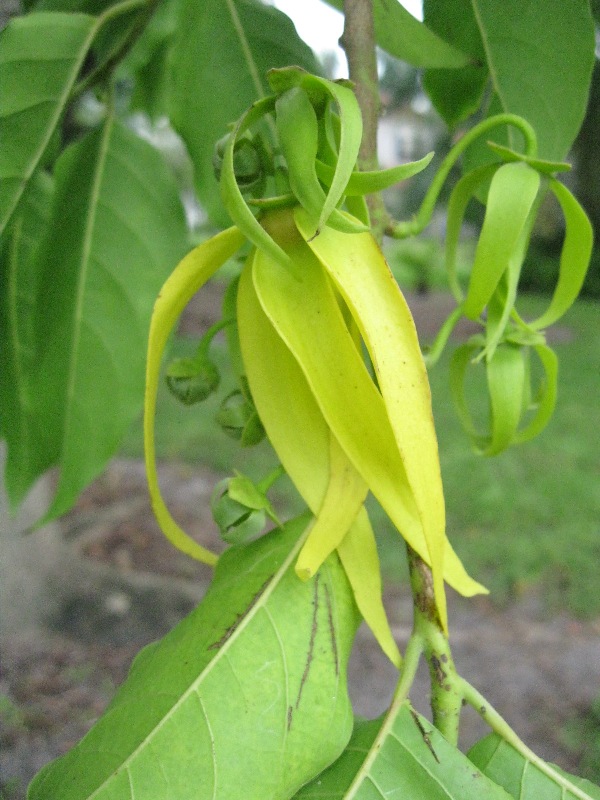
Britta Soderqvist, Plant Curator
Name That Plant, Win That Plant XII
Be the first to identify this plant and win it! The correct answer will be announced Wednesday, September 8. This one might be a little tough so we’ll give you some clues in the next few days if no one guesses correctly.
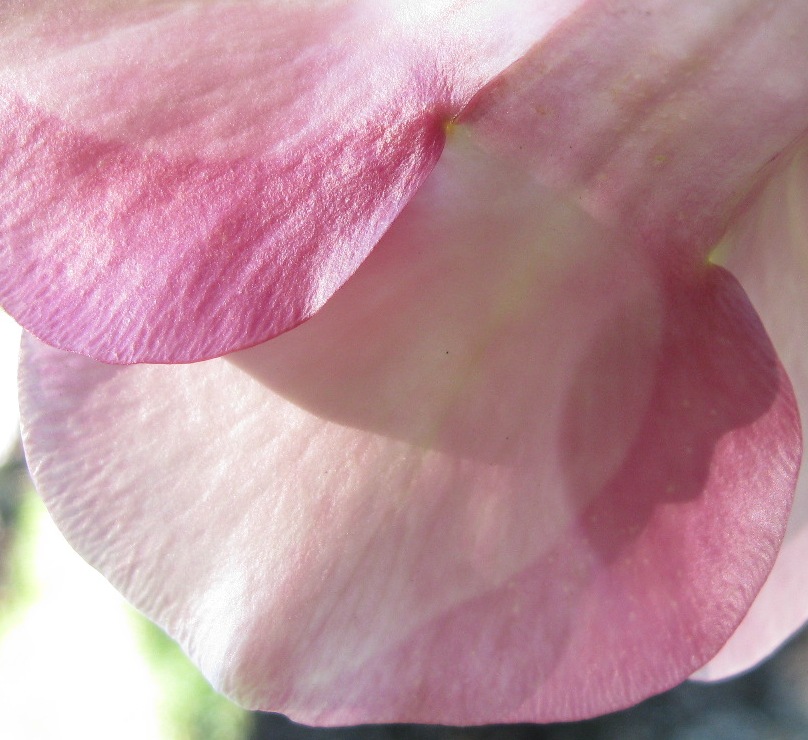
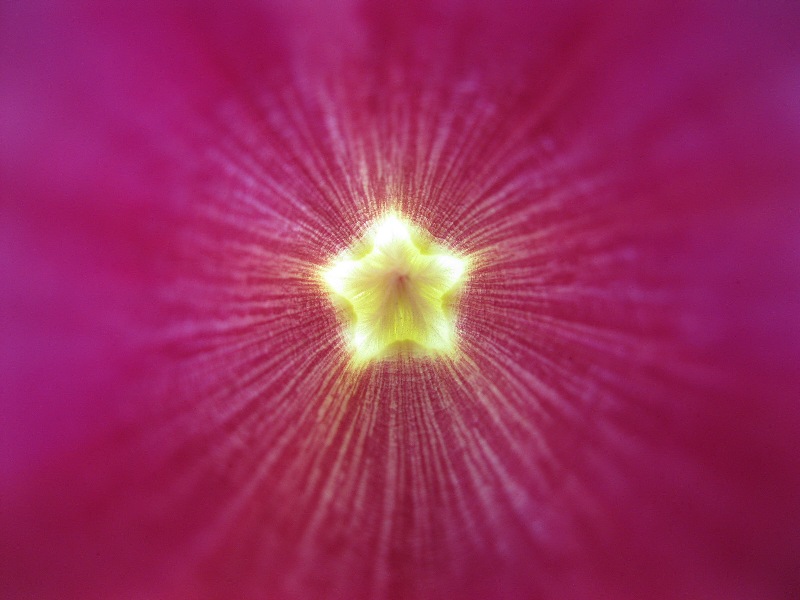
Contest Rules: Leave a comment on Facebook or the Garden Blog with your answer. The person with the first correct answer may choose to receive the mystery plant (if available) or a peace lily. The winner will be announced on the Estates Garden Blog and on Facebook. Plants must be picked up from the Edison and Ford Winter Estates within 7 days of contest end (and, no, we can’t ship them!). If you have won previously, please wait 60 days before guessing again.
Name That Plant XI Answer: Lady of the Night
Lady of the Night, Brunfelsia americana

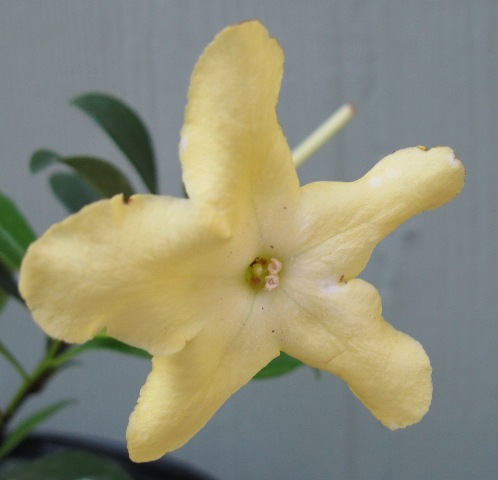
You’ll want to find the perfect spot for this plant so you can enjoy its wonderfully fragrant nighttime blooms. The fragrance has been compared to jasmine but with a hint of cloves and cinnamon. Native to the Caribbean, it is rated for zones 9A-11 and produces more flowers in humid conditions. Lady of the Night is typically classified as a shrub but may resemble a small, thin tree at maturity. It can be grown in full sun or part shade and should be protected from wind and late afternoon sun if possible. Lady of the Night may also be grown indoors, but it is a member of the nightshade family and all parts are toxic, so keep away from children and pets.
Our Garden Shoppe has one gallon containers of Lady of the Night for $10. Some of the plants are already blooming so you will smell the aroma that first night. And don’t forget, Estates members receive 10% of all their purchases, including Garden Shoppe items.
Queen’s Wreath is Back!!!
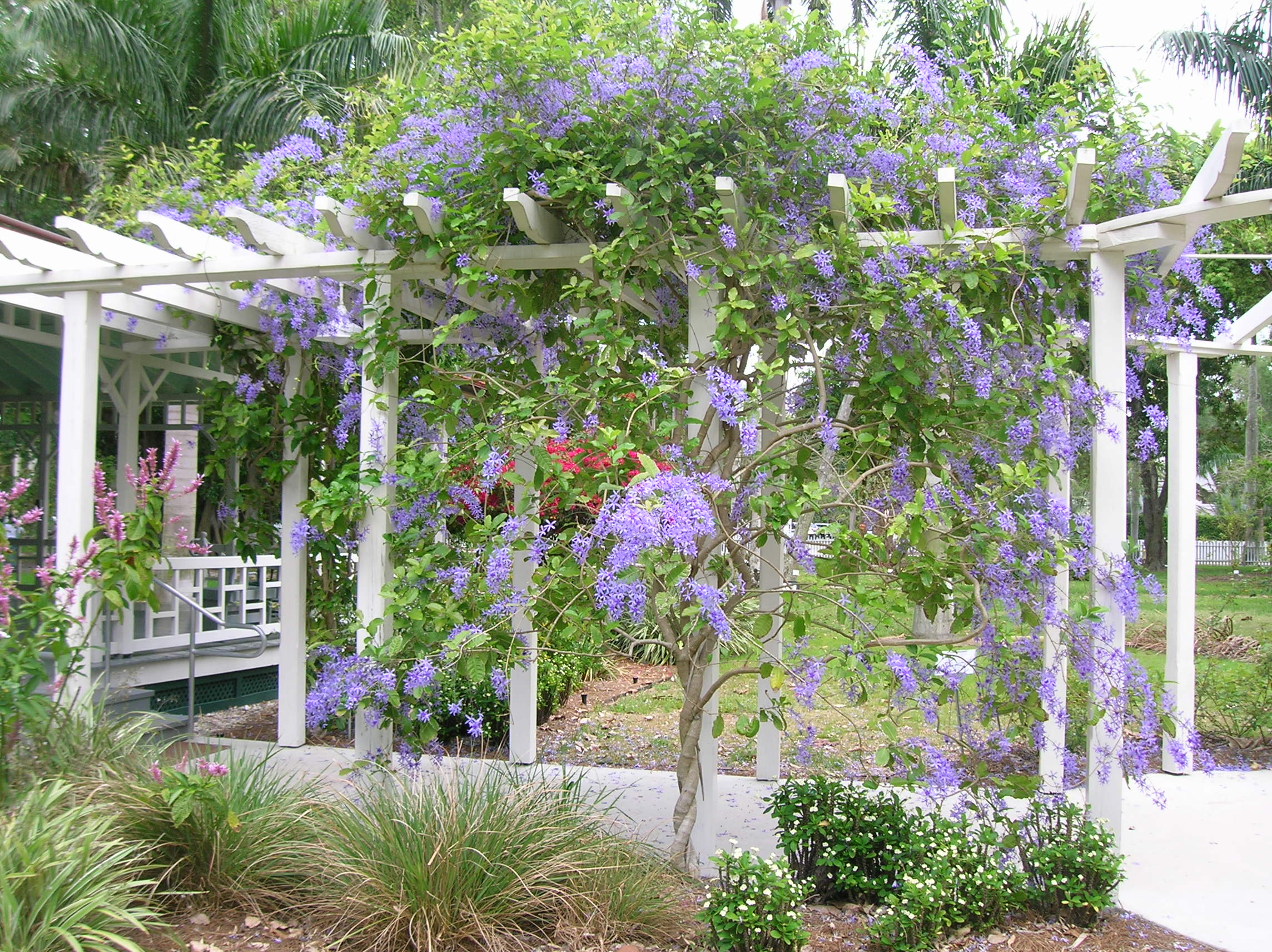
Due to high demand, we sold out of our queen’s wreath, Petrea volubilis, a few months ago. Ever since, Garden Shoppe visitors have asked when it will be back in stock. We now have one gallon containers available for $10. Stop by our Garden Shoppe at the Estates or visit Debbie at the Farmer’s Market in downtown Ft. Myers on Thursdays from 7 am to 1 pm to purchase one for your home! Our supply of queen’s wreath is not yet blooming but chances are we will be sold out once again by the time they do bloom.
This beautiful twining vine is native to the Caribbean basin. Full sun is preferred but it will tolerate part shade. It is rated for zones 10B-11, has a moderate drought tolerance and the leaves are evergreen. Queen’s wreath flowers sporadically but it is most showy in spring. It’s fast growing with its height and spread determined by its supporting structure. The purple flowers are similar in appearance to wisteria but queen’s wreath is not related and not known to be invasive like wisteria.